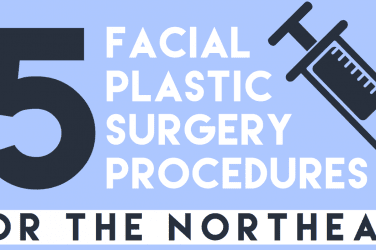Medical bills are the leading cause of American consumer debt and related financial trouble. Every citizen should have a health insurance plan to avoid running into healthcare expenses that are way too high to cover out-of-pocket.
Choosing a policy can be a complicated task, but informing yourself on the details can simplify it. In this brief guide, we’ll cover some of the available options and provide advice to make it easier for you to find your health insurance plan.
Public Health Insurance
Public healthcare coverage is available to seniors, children under the age of 18, and low-income individuals who meet the qualifications. There are three medical insurance programs in the US, including Medicaid, Medicare, and CHIP.
Medicaid
Medicaid is a federal and state program for low-income families. There are strict eligibility requirements that vary from state-to-state. It covers individuals and households that have low liquid assets and incomes.
CHIP

The Children’s Health Insurance Program, otherwise known as CHIP, is similar to Medicaid. This federal and state-run program protects children of families with incomes too high to qualify for Medicaid, but too low for private insurance.
Medicare
Americans above the age of 65 are eligible for Medicare. This program provides free or cost-reduced medical care services for seniors who qualify. There are four levels of coverage.
- Part A covers inpatient hospital care without premiums
- Part B is for outpatient care and has a monthly premium of $144.60
- Part C, Medical Advantage, allows you to buy into a private health insurance plan
- Part D offers prescription drug coverage
Types of Private Health Insurance

Most Americans have a private healthcare policy that they purchased through a marketplace or get from an employer. Whether they are on-exchange or off-exchange, all private health insurance plans work by partnering with a network of healthcare providers.
Health Maintenance Organization (HMO)
HMO plans are the most restrictive, but they typically have cheaper premiums than others. When you get an HMO policy, you’ll have to choose an in-network primary care physician. Your PCP will coordinate all of your care, and you’ll need a referral from them to visit a specialist. It’s important to note that HMOs don’t cover out-of-network costs.
Preferred Provider Organization (PPO)
The plans with the most expensive premiums are called PPOs. These policies are also the least restrictive, as you can get care from outside your network and be covered.
With PPOs, you typically choose between an in-network or out-of-network doctor, and you don’t need a referral to see a specialist. If you see a physician that’s in the network of healthcare providers, it’s cheaper.
Exclusive Provider Organization (EPO)
EPO insurance plans are a hybrid of HMOs and PPOs with a cost that falls somewhere between. This type of policy allows you to see a specialist without a referral, but it won’t cover out-of-network care.
Point Of Service (POS)
POS plans have premiums that are more expensive than HMOs but more affordable than PPOs. With a POS policy, you’ll have access to a PPO-style network as well as out-of-network options.
Metal Tiers
When some people look at the metal tier of their policy, they tend to think that it represents the quality of service that they’ll receive. This is not the case. Health insurance plans split costs between the insurer and the consumer. The metal tiers are a quick way that you identify what this division is.
- Bronze- 40% consumer / 60% insurer
- Silver- 30% consumer / 70% insurer
- Gold- 20% consumer / 80% insurer
- Platinum- 10% consumer / 90% insurer
The tiers take into account the deductible, coinsurance, and copayments, but they don’t consider premiums. In general, Bronze plans have the lowest monthly premiums, and Platinum has the highest.
The lower tier is available so that individuals who don’t frequently utilize health care services can pay less monthly. Anyone who needs medical care often should have a higher tier plan, or else they’ll end up paying more out-of-pocket.
There’s another category of plans that don’t fall into the metal tiers. Catastrophic plans have the highest deductibles. Often the deductibles are the same as out-of-pocket costs. These plans are only available for people under 30 or individuals with a hardship exemption.
As indicated by the name, catastrophic plans are only useful in the event of a severe illness or accident. They are meant to protect you from going into debt.
The Formulary

If your insurance covers prescription drugs, your policy will come with a list of medications that are covered. This list is called a formulary. If you or someone in your family take prescription drugs regularly, make sure you check the formulary before you sign up.
Supplemental Health Insurance Products
Healthcare policies don’t always cover all aspects of our well-being. It’s often necessary to purchase supplemental health insurance products. Vision care and dental insurance are the most common, but you may also purchase gap insurance. Critical illness insurance is also available to individuals who suffer from a condition that keeps them from working.
Conclusion
It’s important to consider all of your healthcare options, as having the right plan can protect you from unexpected medical costs. Without coverage, you’ll pay out-of-pocket if you need to receive care, and this can result in crippling amounts of debt.







